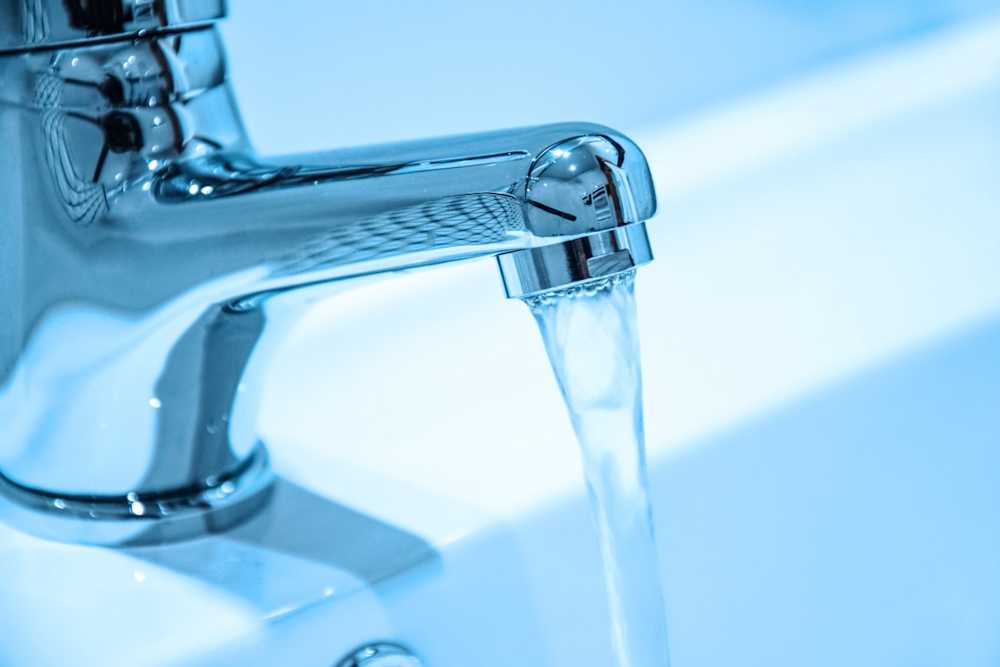Total organic carbon (TOC) is a parameter for measuring the concentration of dissolved and undissolved organic carbon in a sample, indicating water quality in research, industrial, and public sector settings. TOC testing can be used to detect contaminants in industrial cooling water or drinking water, evaluate the effectiveness of wastewater treatment or medical device cleaning processes, and verify water quality for healthcare, pharmaceutical, and semiconductor applications.
Analyzed parameters
TOC analysis can return data for six carbon content categories based on whether the carbon-containing compounds are organic or inorganic, whether particulates are dissolved, and whether the compounds have a high or low vapor pressure at room temperature. These categories are:
Total carbon (TC)
Total inorganic carbon (TIC)
Total organic carbon (TOC)
Dissolved organic carbon (DOC)
Volatile organic carbon (VOC) or purgeable organic carbon (POC)
Non-volatile organic carbon (NVOC) or non-purgeable organic carbon (NPOC)1
Total organic carbon can be determined by removing inorganic carbon from the sample through acidification before direct TOC determination. Alternatively, TOC can be calculated indirectly by determining total carbon and total inorganic carbon, then subtracting the latter from the former (TOC = TC – TIC).
TOC testing requirements for materials in contact with drinking water
The new EU Drinking Water Directive lists TOC as one of the indicator parameters for evaluating water quality.2 As organic carbon may migrate into water from contact materials, TOC testing should be performed to assess whether organic and cementitious materials that come into contact with drinking water are compliant with the directive.
Migration water for compliance testing is obtained following the EN 12873 standard (Part 1 for factory-made and Part 2 for site-applied materials). TOC is then determined as non-purgeable organic carbon using the EN 1484 standard. The concentration of TOC at the tap must eventually be ≤ 0.5 mg/l, either after the 9th migration period for cold water or the 22nd migration period for warm water applications.3
Analysis of environmental samples and waste materials
TOC is also an important parameter in waste characterization, for example, to assess the suitability of materials for landfilling. The EN 13137 standard is often used to test sludge, sediment, and waste for organic carbon. Two testing methods, indirect and direct, are available under the standard. The indirect method should be preferred if the sample contains volatile organic substances, as these can evaporate during the acidification to remove inorganic carbon, leading to incorrect results.4
TOC analysis of ultrapure water
Some industries, such as semiconductors, pharmaceuticals, and medical devices, require ultrapure water in their operations. The European Pharmacopoeia, the primary source of official quality standards for medicines and their ingredients in Europe, details the methods for analyzing TOC in section 2.2.44. Rather than prescribing a specific testing method, the Pharmacopoeia describes procedures to qualify the chosen method and to interpret the results. As ultrapure water can contain only trace amounts of organic carbon, the detection limit should be 0.05 mg/L (50 ppb) or less.5
TOC in cleaning validation
In medical device cleaning validation studies, TOC is one of the most commonly used quantitative parameters for assessing the effectiveness of the cleaning process, as the presence of residual organic carbon on the device after cleaning indicates that the method does not effectively remove all organic soil. In addition to TOC, it is recommended to use at least one additional parameter, such as protein or hemoglobin, to get a more comprehensive picture of contaminants that remain after cleaning.6
Measurlabs provides a variety of TOC testing services, including low detection limit TOC and TIC analyses of ultrapure water. If you would like to learn more about the testing options, do not hesitate to contact our experts using the form below.
References
1 The categories are outlined in Section 3: Definitions of the EN 1484 standard, titled “Water analysis – Guidelines for the determination of total organic carbon (TOC) and dissolved organic carbon (DOC)”
2 Annex I, Part C, Directive (EU) 2020/2184.
3 Section 4.2.4. Pass/fail criteria for TOC in Annex I & Annex III of Annexes 1 to 4 to the Commission Implementing Decision laying down rules for the application of Directive (EU) 2020/2184.
4 BS EN 13137:2001 Characterization of waste – Determination of total organic carbon (TOC) in waste, sludges and sediments.
5 European Pharmacopoeia, 2.2.44, Total Organic Carbon in Water for Pharmaceutical Use.
6 The recommendation to use two validation methods, such as TOC and protein count, is given by the U.S. Food and Drug Administration (FDA) on page 24 of a Guidance Document titled "Reprocessing Medical Devices in Health Care Settings: Validation Methods and Labeling"

